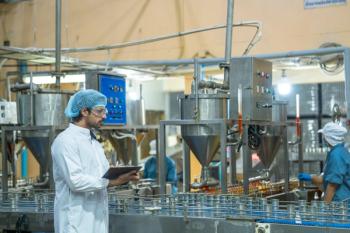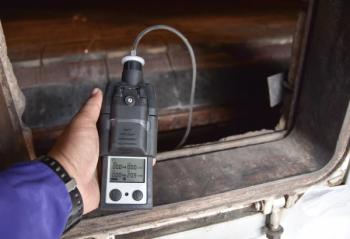
Canadian and Brazilian Synchrotrons Collaborate to Advance Agricultural Research
An agreement between the Canadian Light Source (CLS) at the University of Saskatchewan and the Brazilian Center for Research in Energy and Materials (CNPEM) strengthens ties, enhances agricultural research, and encourages new technology development.
An agreement between the Canadian Light Source (CLS) at the University of Saskatchewan and the Brazilian Center for Research in Energy and Materials (CNPEM) strengthens ties, enhances agricultural research, and encourages new technology development. Recently signed by the CLS and the CNPEM, the memorandum of understanding (MOU) allows for technical and scientific collaboration in synchrotron and accelerator science.
Bill Matiko, the chief operating officer of the CLS, said in a statement that the collaboration will advance agricultural innovation in both countries by expanding the applications of synchrotron technology in agricultural research.
The Brazilian Synchrotron Light Laboratory is part of the CNPEM, a private non-profit organization under the supervision of the Brazilian Ministry of Science, Technology, and Innovations. The center operates four national laboratories and is home to Sirius, an open infrastructure and one of the world’s most advanced synchrotron light sources. It is
the largest and most complex scientific infrastructure ever built in Brazil.
The first focus of the MOU is the Maple Project, which will create a rapid-access mail-in agriculture program for Sirius users to access CLS’s Variable Line Spacing Plane Grating Monochromator (VLS-PGM) beamline. Scientists from both institutions will work together on workshops, presentations on proposal development, and collaborative research projects to support the growth of the applications of synchrotron science in the field of agriculture.
The agreement will also enhance accelerator and machine development. The organizations will share best practices in maintenance, design, and testing state-of-the-art technologies and equipment as well as designing and building next-generation facilities.
A statement from José Roque, the director-general of CNPEM, offered insight into the potential of using synchrotron light as a research tool. “The partnership between CNPEM and CLS will be able to foster research in agriculture, as both institutions have extensive experience in cutting-edge research with synchrotron light and may benefit from joint research and information exchange,” Roque said.
The MOU will be in effect for five years.
Newsletter
Get essential updates on the latest spectroscopy technologies, regulatory standards, and best practices—subscribe today to Spectroscopy.





